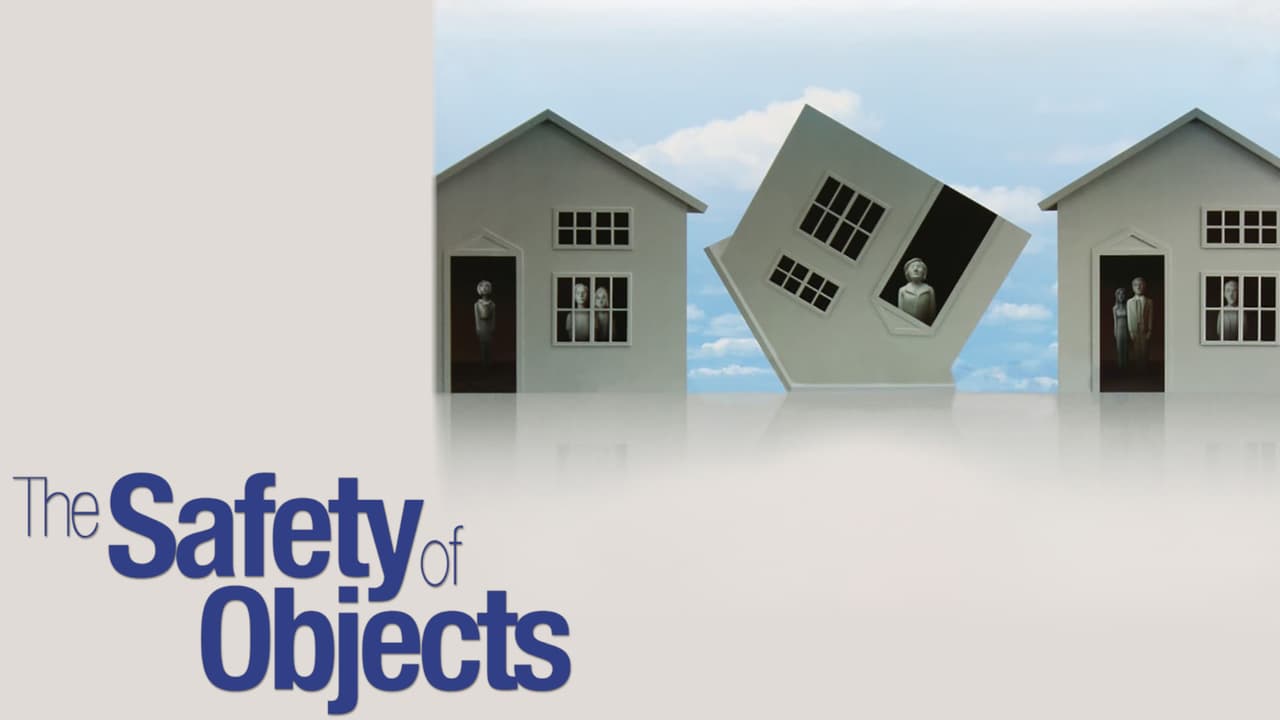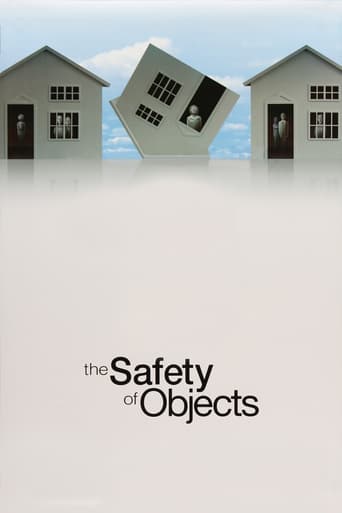

This film, which is supposed to be adapted from a collection of short stories written by A. M. Homes, is extremely painful to watch. The film follows four different neighborhood families with intertwining lives, while the book is simply stories about unrelated individuals and is, in fact, much more powerful. In the film each individual from the short stories becomes a member of a troubled family, making it so that the some of stories are barely touched on, while others are elaborated. Though the elaborate ones may be fairly easy to understand, the tales that are brushed over seem to have little relevance to the film and make the viewer feel confused and empty. The book may stand alone, but if you have not read it, you will not understand the film which is so muddled and filled with material that at two hours long is easily two hours too much. I continued watching until the end, hoping that there would some conclusion to make the intertwining families' lives have a significant meaning, and felt so exasperated that I finally stopped the film with five minutes left, feeling unable to watch a second longer.
... View MoreThis 2001 indie film starts with the premise of characters and stories that are supposed to intertwine with each other. This is something similar to Magnolia and more recently Crash. However this does not play out quite as well. The acting is first and foremost the best thing about this film. Three excellent actresses in Mary Kay Place, Glenn Close,and especially Patricia Clarkson make the film better than it ought to be. Dermont Mulroney also does a good job.If only the writing and pace of the film was better. This film meanders and uses flashbacks throughout without finding its footing. It never quite captures the audience or even gives a firm resolution the questions the film raises. Its somewhat interesting and therefore I would recommend it to rent simply for the acting turned in by the cast.Grade:C+
... View MoreThe film feels like a mix of Happiness, American Beauty, The Ice Storm, and Short Cuts, but it isn't as good as any of them. There is of course a sense of black comedy (at least in the first half) which works quite nicely, but the drama bits never pay off. There is at least one family too many to spend time with (the Christiansons don't really have anything to do with the other stories), and the script is at times too vague for its own good. Moreover, the ending doesn't really ties things together as it should.Of the actors, I liked Mulroney's inept family man the best, but Glenn Close, and Patricia Clarkson were also good. All in all, the film spread itself too thin and there was a sense of aloofness, and lack of focus that dragged it down. I think it would have worked better if they had emphazised the comedy bits more and trimmed it down a bit as well.
... View MoreThis tale of the intersecting lives of several suburban families has its moments, but not enough of them, and it is ultimately incoherent and uninvolving. Glenn Close tries very hard to be the tragic figure that the story requires but the plight of her comatose son is never quite real and the final scene in which she smothers him in plastic is nowhere near as convincing (or terrifying) as the scene in House of Sand and Fog where the Persian exile kills his wife and then commits suicide himself using the same method. In this film, it is a completely antiseptic act, and it is without consequences for the mother. Most of the other episodes in the movie are even less persuasive because less well acted.
... View More